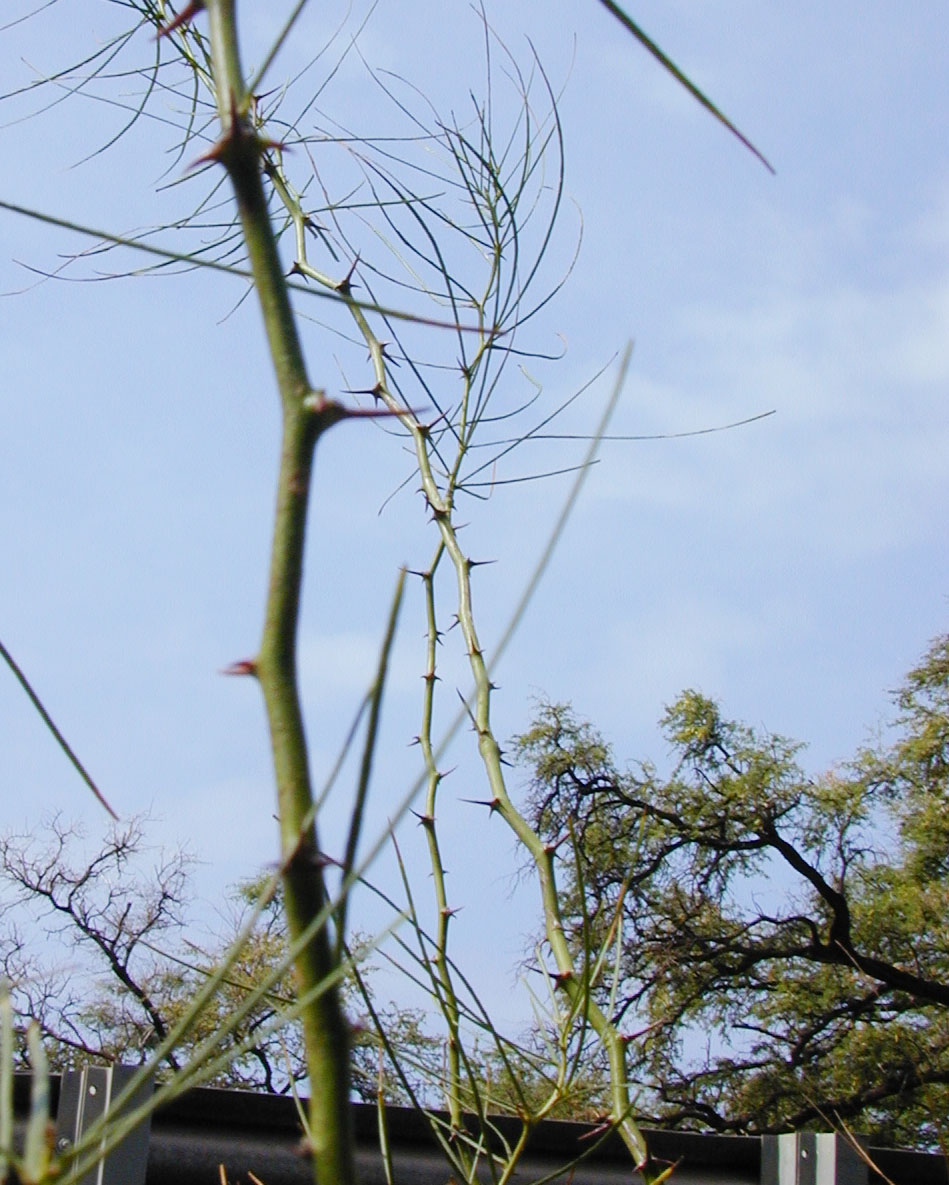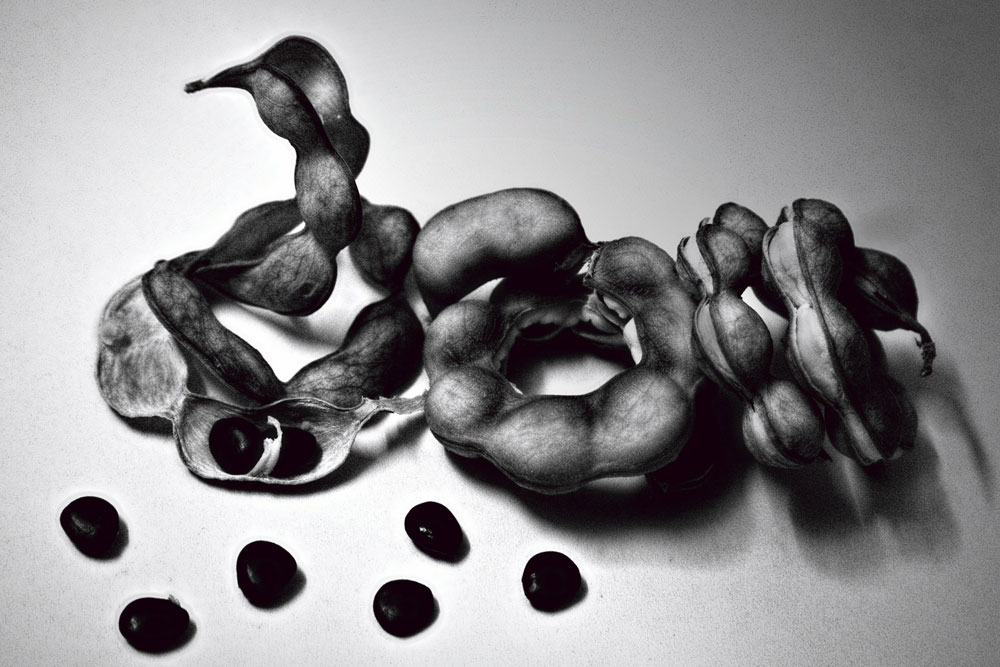Gary comments on my Inga Alley Cropping post:
“I have been thinking about experimenting with Guamuchil (Pithecellobium dulce). It’s not as nice as Icecream bean but is drought tolerant and grows well in Southern California. Thorny.”
Pithecellobium dulce is a useful species.
World agroforestry.org outlines the following uses:
“Food: Pods contain a pulp that is variously sweet and acid, commonly white but also red. The seed and pulp are made into a sweet drink similar to lemonade and also eaten roasted or fresh. The seeds are used fresh in curries in India. In Mexico, Cuba and Thailand, the pods are harvested and are customary sold on roadside stands.
Fodder: The pods and leaves gathered from hedge clippings are devoured by all livestock; horses, goats, camels, cattle and sheep. The presscake residue from seed oil extraction may be used as stock feed.
Apiculture: Flowers are visited by bees and yield good quality honey.
Fuel: Fast-growing and coppices vigorously but due to its smokiness and low calorific value (5 177-5 600 kcal/kg), P. dulce wood is not of very high quality. In parts of India, it is planted and harvested to fuel brick kilns.
Timber: Sapwood is yellowish, and heartwood yellowish or reddish-brown. The wood of P. dulce is strong and durable yet soft and flexible. It is moderately hard and usually straight grained. It weighs about 590 kg/m³, is easy to saw and finishes to a smooth surface. In south India, it is used to make drums, while in China, it is said to be used for matches. It
can be used in construction and for posts. The short spines and irregular, crooked growth make it less attractive for wood uses.
Gum or resin: The wounded bark exudes a mucilaginous reddish-brown gum somewhat like gum arabic.
Tannin or dyestuff: Tannin, used to soften leather, can be extracted from the bark (about 25%), seeds and leaves; the bark is also used to dye fishnets a yellow colour.
Lipids: Seeds contain a greenish oil (20%), which, after refining and bleaching, can be used for food or in the making of soap and can substitute kapok and ground nut seed oils.
Medicine: In Haiti root and bark decoctions are taken orally against diarrhoea; fruit pulp is taken orally to stop blood flow in case of heamoptysis. The seed juice is inhaled into the nostrils against chest congestion and pulverised seeds are ingested for internal ulcers. The leaves, when applied as a plaster, can allay pain of venereal sores and taken with salt can cure indigestion, but can also produce abortion. The root bark may be used to cure dysentery. The bark is used medicinally as a ferbrifuge.”
We have this species – or a very similar one – growing locally. Children here gather the pods and suck out the sweet flesh from inside. They’re quite nice.
Like Inga edulis, Pithecellobium dulce fixes nitrogen, grows quickly and produces something edible. However, I’m not sure the latter will rot as quickly as Inga does – especially in an arid climate where the rate of decomposition is lower. It also may not create the same level of leaf biomass. Yet in Gary’s area, Inga isn’t going to grow anyhow as it’s greedy for water. I have observed that Inga species thrive alongside rivers and are absent in dry areas.
The thorns are another drawback. I once planted a Jerusalem thorn tree (Parkinsonia aculeata) in my yard as a nitrogen-fixing food forest species.

See those thorns? When you chop and drop the branches to feed the soil, those sharp, sharp thorns last a long time. The wood doesn’t rot quickly and if you’re walking through the yard barefoot and accidentally step on one, they’ll mess you up.
Thorns can be a benefit, of course, if you’re keeping out intruders or wild animals – but in a chop-and-drop or alley cropping system, I would avoid them if possible.
Other than the thorns, I think Pithecellobium dulce is a good species and worth trying in an alley cropping system. If it’s well-adapted to the climate, go with it. See how it works. Maybe the thorns won’t be a problem – and I already know the fruit is good to eat.
Experimentation is the best way to figure out what will work. Try it!
*Image at top by Shreedhar Inamdar. Jerusalem thorn image by Forest and Kim Starr, cc license.

